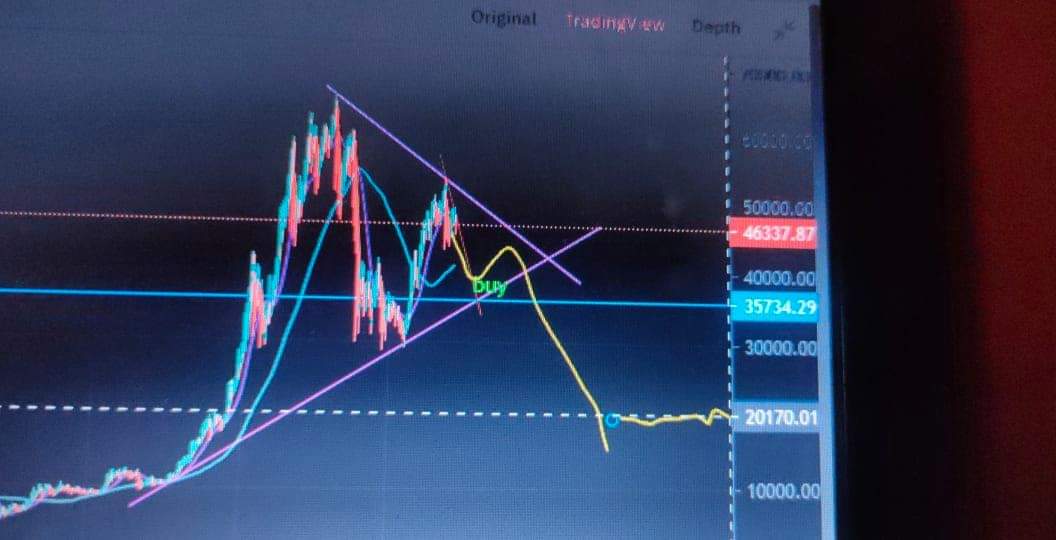

Back in 2006, climate change did not weigh on people's minds as much as heavily as today, thanks to the fires, pandemics, floods, and hurricanes. The broad basis of Gore's message has been proven correct, which Ice Data Center scientist Walt Meier summed up in a interview with the National Snow & Ice Data Center in 2006: "Unless we quickly reduce the present rate of carbon dioxide increase and subsequent temperature rise, we will be committing ourselves and our planet to that melting, and to the rise in sea level that will follow." The need for a mass, societal change is real, as humans contemplate a world of firestorms and sinking cities. He explains that the natural cycle of the Earths climate has been disturbed by noxious gas building up around the atmosphere and will continue to. Where are we now on that chart regarding carbon dioxide emission MR. An Inconvenient Truth Director David Guggenheims, An Inconvenient Truth is a documentary about former American politician Al Gore informing citizens on the causes and effects of Global Warming.

While the first take's fun in the way that negative reviews can be enjoyable, the second one speaks to the importance of An Inconvenient Truth. Let’s take a quick look at the clip from An Inconvenient Truth. Some critics, like Nick Allen writing for Roger Ebert, leered in response: "The documentary follow-up proves to be less about global warming than propping up a hero awkwardly desperate to captivate audiences again like he did eleven years ago." Others, like a review in the Hollywood Reporter, pointed out that Gore no longer has to argue with his critics: "Now Gore can ditch the animation and show footage of Super Storm Sandy." Eleven years after the release of his Academy Award winning film An Inconvenient Truth, Al Gore returned with the follow up An Inconvenient Sequel: Truth to Power.


 0 kommentar(er)
0 kommentar(er)
